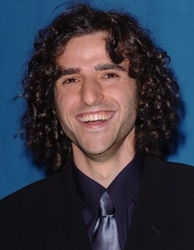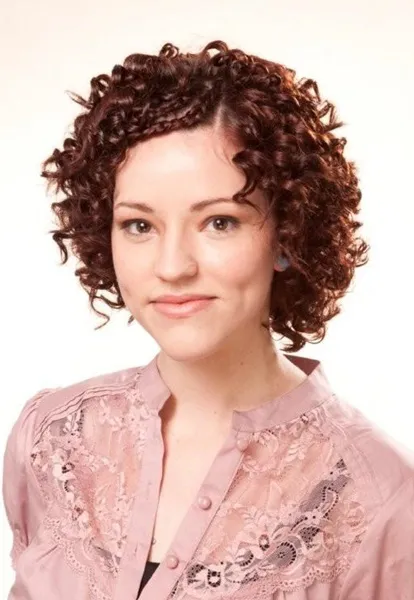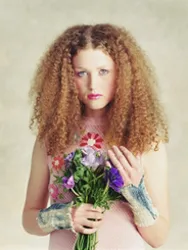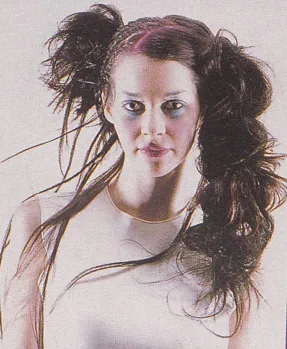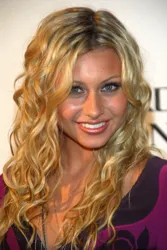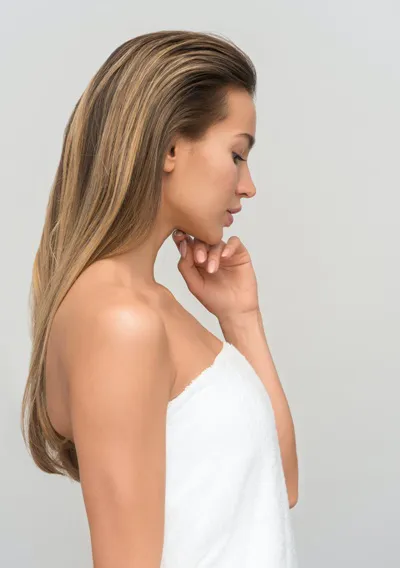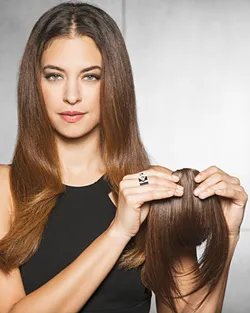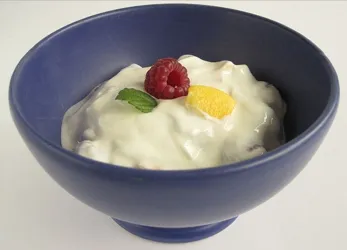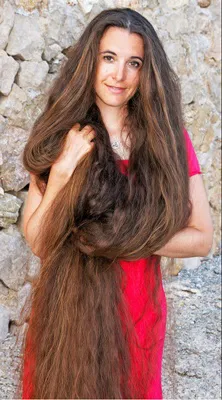
Curl Clumping
Introduction
If you have naturally textured hair, especially naturally curly or kinky hair, you may have heard of the term "clumping". Definition Of Curl ClumpingWhile the term may sound like lumps you might fight in potatoes or home made gravy, most curl experts will explain it as what happens when a large group of hairs all curl together in the same direction forming a larger curl unit. Many people with natural curls or coils strive for clumping because their goal is to have a uniform curl pattern across their entire head. Although clumping may sound strange, in the curly and coil hair worlds, it can be a very good thing. Broken Curl PatternsWhen natural curls are split, for whatever reason, the curl pattern may start to form smaller groups of random curls which can wind in different directions forming random patterns giving the overall head of curls a disconnected look. When curls are wet or become stringy, that is when clumping may become harder to accomplish. The Science Of Curl Clumping
Although the creation of clumps is a much debated and discussed topic, it is usually achieved when a large section of curls are directed or trained to follow an identical winding pattern. The key is to first direct the curls into the desired clumping clusters and then allow them to dry into the pre-ordained pattern. Although certain curl friendly styling products, such as gels, are ideal for helping to create desirable curl clump sections, water is another key ingredient in the clumping process. One of the most popular theories is to get curls soaking wet, apply appropriate setting gel or similar products and then let the curls air dry on their own. The key with clumping is to prevent curls from separating into their own independent patterns but instead coaxing them into forming the patterns you desire for ideal dry clumps. Role Of Water In ClumpingWater is key in the clumping process because it binds the curls together. Water is a type of liquid glue which combined with the appropriate styling products allows the curls to be directed into the same direction to form clumps. If curls are limp and stringy when they are soaking wet, they will be limp and bedraggled when they are dry unless they are coaxed or trained into a uniform curl pattern which ultimately becomes a dry clump. Frizz, Puffing & Poufing May ResultWhen wet curls and kinks are not managed properly there is a real danger of a frizzy, puffy or poufy outcome. This is because when curls are split and are not directed to form cohesive curl patterns, the separated curls may puff up and/or frizz. Causes Of Naturally Curly Pouffing And PuffingIt gets mildly frizzy, but that's not the big problem. The problem is the curls get big and the curls split. Which means the hair just gets a lot bigger and a lot more volumized. There are several causes of natural curls getting pouffy and puffy: 1. Brushing curls out with an improper type of hair brush. When curls are split apart by brushing, the result can be either frizz without definition (thin, fine, medium curls) or big and bushy with pouff and frizz (medium to thick curls) Generally speaking, brushing curls will only make curls blow up.
2. Some protein and glycerin rich gels (EcoStyler) can be fabulous for defining and elongating curls. Unfortunately these types of gels can be very drying, which can actually lead to frizz and poof for many people. Always check the ingredients list carefully when searching for products for your naturally curly hair. Some natural curly haired people can only use a protein and glycerin infused gel if they combine it with a super rich moisturizing leave-in conditioner. 3. Minimize or eliminate cones, especially if your hair doesn't react well to these types of cmoothers. 4. Keep your fingers out of your curls as much as possible. 5. Avoid overscrunching. This is especially true if you routinely crunch or scrunch your curls. The proper way is to have the ends of curls in the palm of your hand and ball them up near the root. Your hair should be wet, near dripping. Initially it will look flat. Curls won't fully plump up when hair is wet. As a result you may think the curls should be showing up so you may over-scrunch when its wet. Limit your scrunching to just one round. Then allow curls to air dry. This methodoloy will keep your curls together. Too much scrunching will break them apart. Scrunching product into your curls promotes curl formation, but it can also break them up at the same time. When curls break apart, it can lead to massive volume and the curls can become thin and frizzy.
Clumpy Curls May Not Be All Bad
Having clumpy curls means your curls don't split, but that doesn't mean your hair is naturally a tangled mess. Smoothing Out The Pouf, Puff, Frizz And DrynessOnce you understand the general causes of natural curl pouf you can get rid of frizz and elongate your curls. You can move towards more defined but less tightly-wound curls. If you want to make your curls "more condensed", get a creamier, heavier product that will weigh down your curls a bit or you can use a gel. Using more leave-in conditioner often will make hair less poofy. It will almost always help with splitting. A good gel that will define your curls but not make them ore voluminous. Herbal Essences Set Me Up Spray Gel and Aussie Instant Freeze Gel. Not all products designed for natural curl challenges work well for all types of curls. You will need to do your research and experiment. 1. Deep treatments help with terminal pouf. 2. Use a rich moisturizing rinse out conditioner but use it as a leave-in conditioner rather than a rinse out. Experiment with adding more moisture. Summary
Social Media Network InformationPlease follow me on Twitter at: http://Twitter.com/HairBoutique. I look forward to meeting new Thank you for visiting us at The HairBoutique Blog and for leaving your comments. They are very much appreciated. We apologize in advance but must remove any direct advertisements or solicitations. - Revised Date: 04/23/10 | ||||||||||||
| If you want to talk more about this or other hair care articles on HairBoutique.com or anywhere else, please post a message on HairBoutique.com's Hair Talk Forums.
|
Social Media Network Information
Please follow us on Twitter at: https://Twitter.com/HairBoutique. I look forward to meeting new people from all walks of Twitter and learning from their Tweets.


